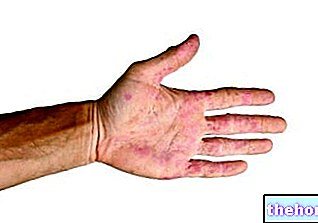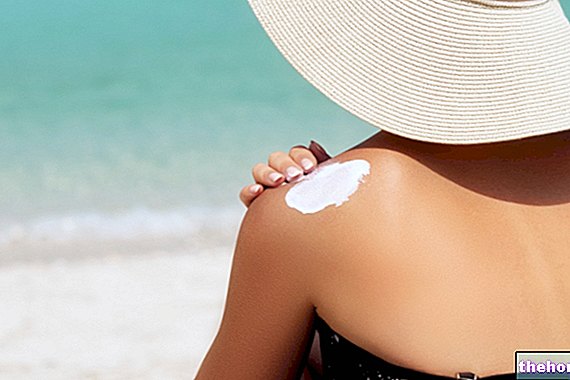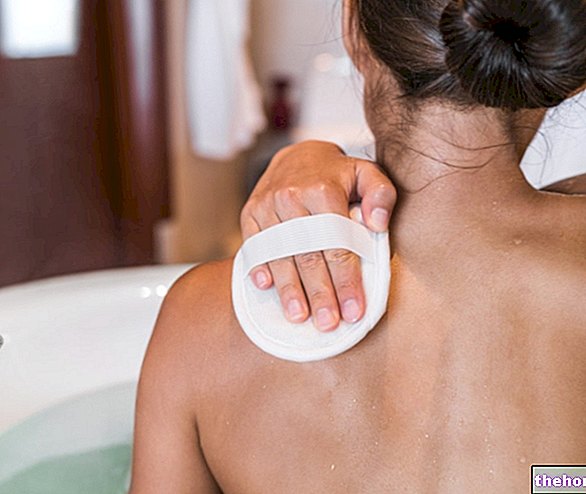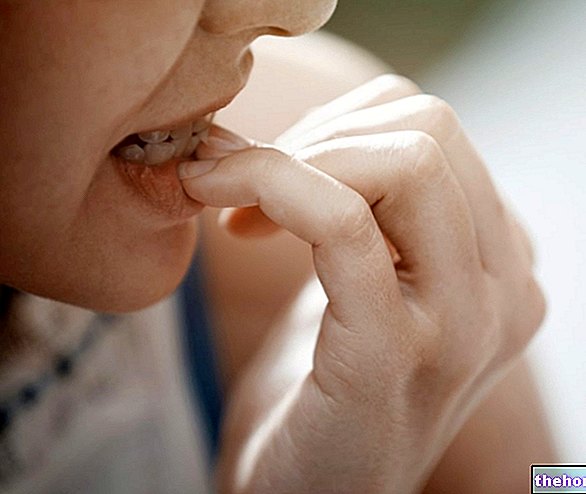Introduction

Diagnosis
Diagnosing a keloid is fairly straightforward and consists of a simple physical examination of the lesion by the doctor.
The macroscopic characteristics of a keloid, detected by clinical diagnosis, can be summarized as follows:
- Initially intense red color of the lesion; subsequently, the color fades to pink or brownish
- Absence of hair follicles
- Scar lesion that is not spontaneously resorbable
- Obvious enlargement of the initial wound and extension in the surrounding areas
- Irregular texture and rubbery consistency of the lesion
On histological examination, a cellular infiltrate and an exaggerated accumulation of extracellular matrix (mainly composed of type III collagen and hyaluronic acid) are observed in a keloid.
Sometimes, the keloid causes itching, discomfort or soreness in the area where it arises, which are accentuated with movements or pulling the skin into the affected area. When a keloid originates in the vicinity of a joint, the patient may experience a reduction in the mobility of the limb.
A skin biopsy may be necessary in the presence of a suspected tumor lesion (eg melanoma).
Treatment
Most likely, the normal surgical removal of the keloid would lead to a new lesion, thus laying the foundations for the formation of a further scarring process (with the formation of a larger and more extensive keloid scar than the previous one). To avoid such consequences, very often the doctor offers the patient a conservative or alternative approach.
The possibilities of intervention to improve the skin affected by keloid are:
- Intralesional cortisone injections (elective therapy for the treatment of keloids): the practice, not excessively painful, is quite safe and the benefits are very good. Normally, the patient must undergo a "cortisone injection per month: after a few courses of treatment, the keloid is flattened and its presence is undoubtedly less conspicuous. It is estimated that 70% of patients affected by keloids and treated with cortisone injections are satisfied with the outcome; despite this, the relapse rate is very high.
- Laser therapy: a widely used method, the laser flattens the keloid making it less visible over time. The laser treatment induces the progressive regression of the keloid through the suppression of the proliferation of fibroblasts. Although the operation is effective, safe and not very painful, it is necessary to undergo several treatments (which are rather expensive) to obtain satisfactory results.
- Injection of interferon (group of proteins produced by the immune system in response to infections caused by pathogens such as bacteria, viruses and fungi): method that involves the injection of this substance directly into the keloid to reduce its extension and size. Being innovative , this method is surrounded by a cloud of doubts and controversies, and many experts are doubtful about the long-term efficacy of this treatment. As an alternative to interferon injections, some researchers believe that topical (local) application of immunomodulatory drugs such as imiquimod may be beneficial for keloid healing as it would stimulate the body to produce interferon.
- Fluorouracil injections: some researchers are of the opinion that topical (in situ) injection of this chemotherapeutic agent can be used alone, or in combination with corticosteroid injections and / or laser, to reduce keloid extension. .
- Silicone sheets (eg silicone hydrogel): although the prolonged application (for a few weeks) of silicone sheets directly on the keloid does not constitute a guarantee of success to remove such lesions, some experts are confident and propose this type of treatment to the The results are variable: generally, this approach is indicated for the management of symptoms (itching, discomfort) in patients with stable keloids and for the prevention of relapses, rather than for the effective treatment of the keloid.
- Cryotherapy: method that consists in the literal freezing of the keloid lesion with liquid nitrogen. The limit of this treatment is hypopigmentation (discoloration of the skin in which there is a progressive loss of tone of the same), which makes this procedure impossible for people with dark skin.
- Radiation: Some doctors propose radiation to flatten or obscure the keloid. Although the result is good, radiotherapy is not always indicated because the long-term side effects (increased risk of skin cancer) far outweigh the benefits.
Prevention
The best treatment for keloid treatment is prevention: each of us should avoid unnecessary trauma or surgery (including simple ear piercings, tattoos and cosmetic surgery). In addition, any skin disorders - such as l "acne and infections - should be treated immediately, therefore from the onset of the first symptoms, to minimize inflamed areas.
To prevent an already formed keloid from degenerating and increasing in size, it is important to keep the scar clean at all times.
Furthermore, to prevent the keloid scar from enlarging and causing discomfort, we recommend the daily or multi-daily application of nourishing and antioxidant creams.
To conclude, it is not possible to dictate a generic prophylactic line against keloids: the only important precaution is to avoid unnecessary interventions or trauma that could degenerate into non-reversible scars such as keloids.









.jpg)


















